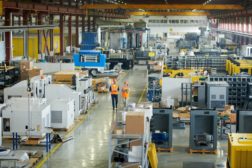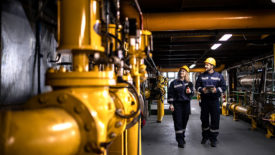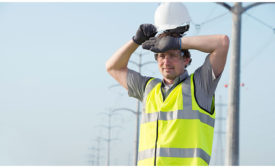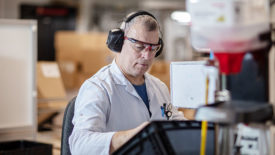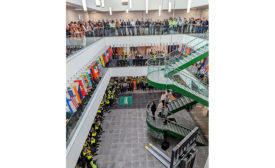Home » Keywords: » manufacturing
Items Tagged with 'manufacturing'
ARTICLES
Learn how to analyze and identify hazards to protect workers
Read More
Ensuring worker safety during the holiday season
A guide for to compliance in industrial, warehouse, and manufacturing settings
December 21, 2023
The changing face of manufacturing
Keeping safety at the forefront as automation increases and labor shortages continue
December 19, 2023
OSHA finds 3M responsible in worker death at manufacturing plant
Company fined more than $300K for preventable workplace fatality
November 10, 2023
Forklift company Combilift focuses on sustainability
At Irish HQ, facility making inroads in quest to improve environmental impact
October 17, 2023
Get our new eMagazine delivered to your inbox every month.
Stay in the know on the latest safety trends.
SUBSCRIBE TODAYCopyright ©2024. All Rights Reserved BNP Media.
Design, CMS, Hosting & Web Development :: ePublishing

